Introduction: Why Real-World Plumbing Case Studies Matter
Every plumbing system tells a story, from the pipes snaking behind the walls to the fixtures we use daily. Yet, it’s only when something goes wrong—an unexpected leak, a persistent clog, or a full-blown flood—that we appreciate the complexities of what keeps our water flowing. While guides and how-tos provide a solid foundation, nothing matches the insight gained from real-world experience. In this post, we’ll dive deep into actual plumbing case studies, dissecting common and not-so-common repair scenarios. By examining what went right and what went wrong, you’ll learn not only the technical fixes but also the underlying causes, decision-making strategies, and prevention tactics. Whether you’re a DIY enthusiast, a homeowner seeking to avoid costly mistakes, or a plumbing professional looking for industry insights, these lessons will help you tackle your next challenge with greater confidence and skill.
Case Study 1: The Mystery of the Recurring Basement Leak
Background
A homeowner in a 1970s split-level noticed water pooling in the basement after every heavy rain. Over months, multiple quick fixes (caulking, patching foundation cracks) failed to stop the leak. The frustration grew as each rainy season brought more damage.
Diagnosis
- Inspection of the home’s perimeter revealed poor grading and downspouts discharging water too close to the foundation.
- Further investigation with a moisture meter traced the highest moisture levels to a specific wall segment, suggesting a localized breach.
- Removing drywall exposed a corroded cast iron drain cleanout, weeping under pressure from surface runoff and groundwater.
Repair Process
- Replaced the corroded cleanout with a PVC equivalent and properly sealed all joints.
- Excavated around the foundation to install a new French drain system, redirecting surface water away.
- Extended downspouts at least 6 feet from the foundation and regraded the soil.
Lessons Learned
- Root Cause Analysis: Always investigate beyond the obvious—surface symptoms can mask deeper infrastructure issues.
- Holistic Approach: Address both external (grading, drainage) and internal (pipe integrity) factors.
Case Study 2: When a “Simple” Faucet Replacement Becomes a Full Remodel
Background
A homeowner set out to replace an old, leaking kitchen faucet. On removal, the shutoff valves wouldn’t close fully. When gently forced, one valve snapped, resulting in a minor flood and a frantic call to a plumber.
Diagnosis
- Original valves were over 30 years old, corroded and seized.
- Old galvanized supply lines showed advanced rust, indicating the entire under-sink assembly was at risk of imminent failure.
Repair Process
- Replaced both shutoff valves with quarter-turn ball valves for durability and ease of future maintenance.
- Upgraded supply lines to braided stainless steel, reducing risk of future leaks.
- Installed the new faucet with reinforced gaskets and leak-tested all connections.
Lessons Learned
- Inspection Before Action: Always inspect surrounding components before starting a repair—older homes especially may have hidden weaknesses.
- Upgrade Opportunity: A small repair can be the perfect moment to modernize related fixtures and improve future reliability.
Case Study 3: The Unseen Consequences of DIY Pipe Insulation
Background
After a cold snap, a homeowner wrapped exposed pipes in the crawlspace with foam insulation. Months later, they discovered a musty smell and dampness under the floorboards.
Diagnosis
- Improper installation of insulation trapped condensation against the pipes rather than preventing it.
- Some pipes were wrapped while still wet from previous condensation, accelerating corrosion.
- Resulting moisture led to mold growth and minor pipe pitting.
Repair Process
- Removed all insulation and allowed pipes and area to dry out thoroughly.
- Treated mold-affected surfaces with appropriate remediation products.
- Re-insulated pipes using vapor-barrier tape and ensured pipes were dry and ambient humidity was low before re-wrapping.
Lessons Learned
- Proper Preparation: Pipes must be completely dry and clean before any insulation is applied.
- Ventilation Matters: Adequate crawlspace ventilation reduces the risk of trapped moisture and mold.
- Product Selection: Use insulation and tape specifically designed to prevent condensation, not just heat loss.
Case Study 4: Commercial Grease Trap Catastrophe
Background
A busy restaurant experienced frequent slow drainage and foul odors in their kitchen. Staff attempted to clear the lines with store-bought drain cleaners, but the problems quickly returned and worsened.
Diagnosis
- Grease trap had not been serviced for over a year, severely clogged and overflowing.
- Improper cleaning methods allowed significant grease buildup in the main drain lines.
- Drain cleaners damaged older cast iron pipes, causing rough surfaces where grease adhered more easily.
Repair Process
- Pumped and thoroughly cleaned the grease trap.
- Hydro-jetted the drain lines to remove accumulated grease and debris.
- Repaired and lined damaged pipe sections with epoxy to restore smooth flow.
- Set up a regular grease trap service schedule and trained staff on proper waste disposal.
Lessons Learned
- Preventive Maintenance: Regular grease trap servicing is essential for commercial kitchens.
- Appropriate Products: Avoid harsh chemical drain cleaners, especially with older pipe materials.
- Staff Training: Educate staff on what can and cannot go down the drains.
Case Study 5: The Hidden Peril of Polybutylene Pipes
Background
A new homeowner noticed intermittent water discoloration and occasional drops in pressure. Online forums suggested the home might have outdated plumbing materials.
Diagnosis
- Inspection confirmed the presence of polybutylene piping, notorious for its high failure rate due to chemical reactions with chlorinated water.
- Several joints showed signs of weeping and small leaks, hidden behind drywall and in the attic.
Repair Process
- Mapped all accessible polybutylene lines and planned a phased replacement with PEX piping.
- Prioritized high-risk areas (hot water lines, joints under strain) for immediate replacement.
- Systematically replaced remaining sections, minimizing disruption to household water service.
Lessons Learned
- Material Awareness: Know your home’s plumbing history; certain materials have well-known risks.
- Proactive Upgrades: Proactively replacing risky pipes saves money and prevents future disasters.
Key Takeaways from the Case Studies
- Thorough Inspection Pays Off: Many plumbing issues have hidden causes that require careful diagnosis.
- Don’t Cut Corners: Rushed or incomplete fixes often lead to bigger problems and higher costs.
- Upgrade When Possible: Small projects are a great chance to modernize and future-proof your plumbing.
- Maintenance and Prevention: Regular upkeep is always less expensive than emergency repairs.
- Education is Power: Whether you’re a pro or a homeowner, understanding your system’s materials, age, and layout is invaluable.
Conclusion: Applying Real-World Lessons to Your Plumbing Challenges
Real case studies illuminate the often-overlooked details that make or break a plumbing project. The stories shared here highlight not just technical fixes, but the mindset required to ensure lasting results. Whether you’re a DIYer with a wrench in hand or a professional managing commercial systems, the key is to look beyond surface symptoms. Always invest time upfront in thorough inspection and diagnosis. Don’t be afraid to upgrade outdated materials or fixtures—what seems like a minor job can uncover opportunities for major improvements.
Prevention is your strongest tool. Regular maintenance, whether it’s cleaning a grease trap or inspecting pipe insulation, will save you time, money, and stress. When in doubt, consult with a trusted professional who can spot issues before they become emergencies. And remember: every repair, big or small, is a chance to learn more about your plumbing system and how best to care for it.
By studying real-world failures and successes, you position yourself to make smarter choices, avoid costly mistakes, and ensure your plumbing remains reliable for years to come. Embrace the lessons of these case studies and apply them with confidence to your unique situation—you’ll be glad you did the next time a plumbing challenge arises.

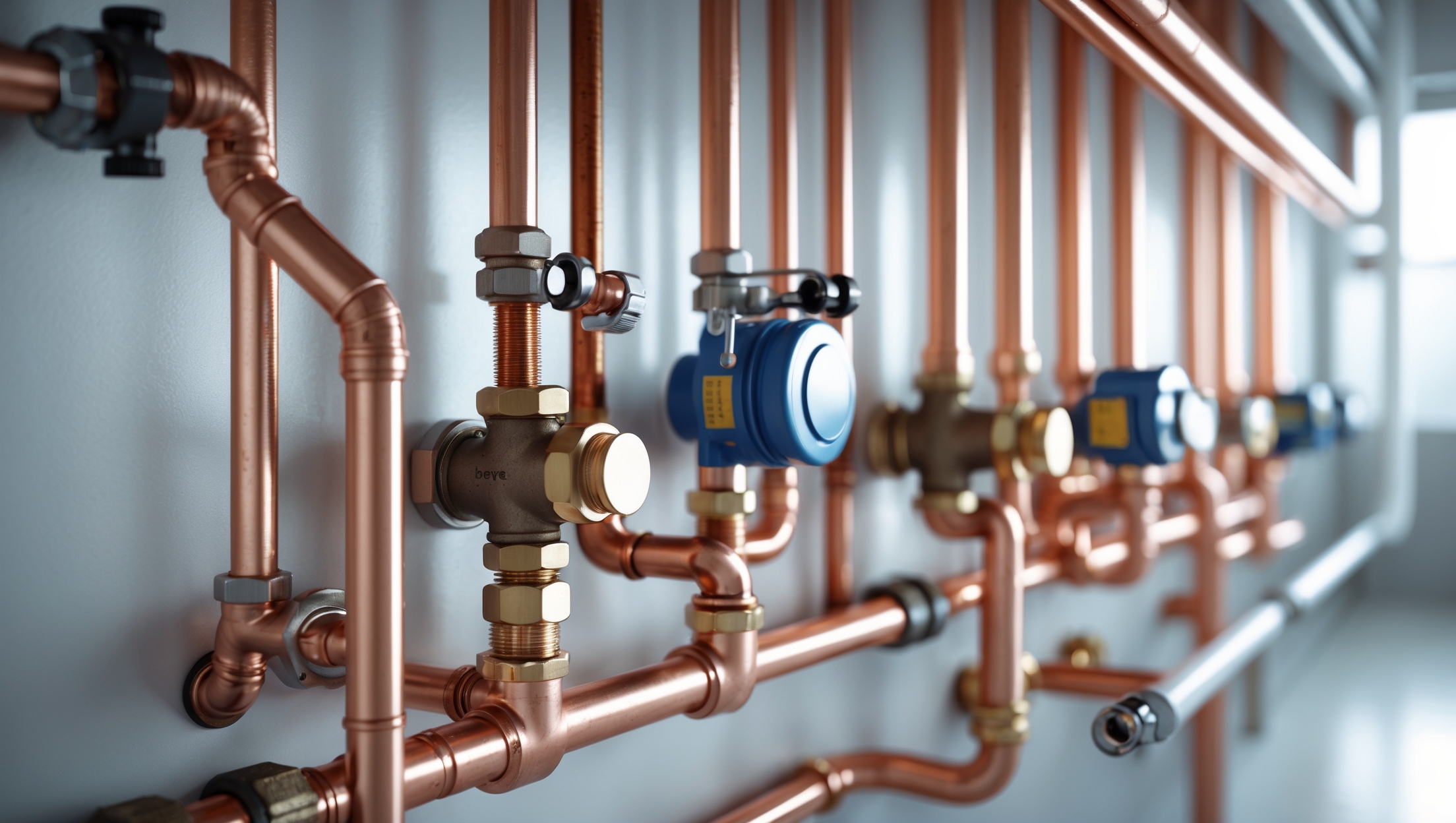


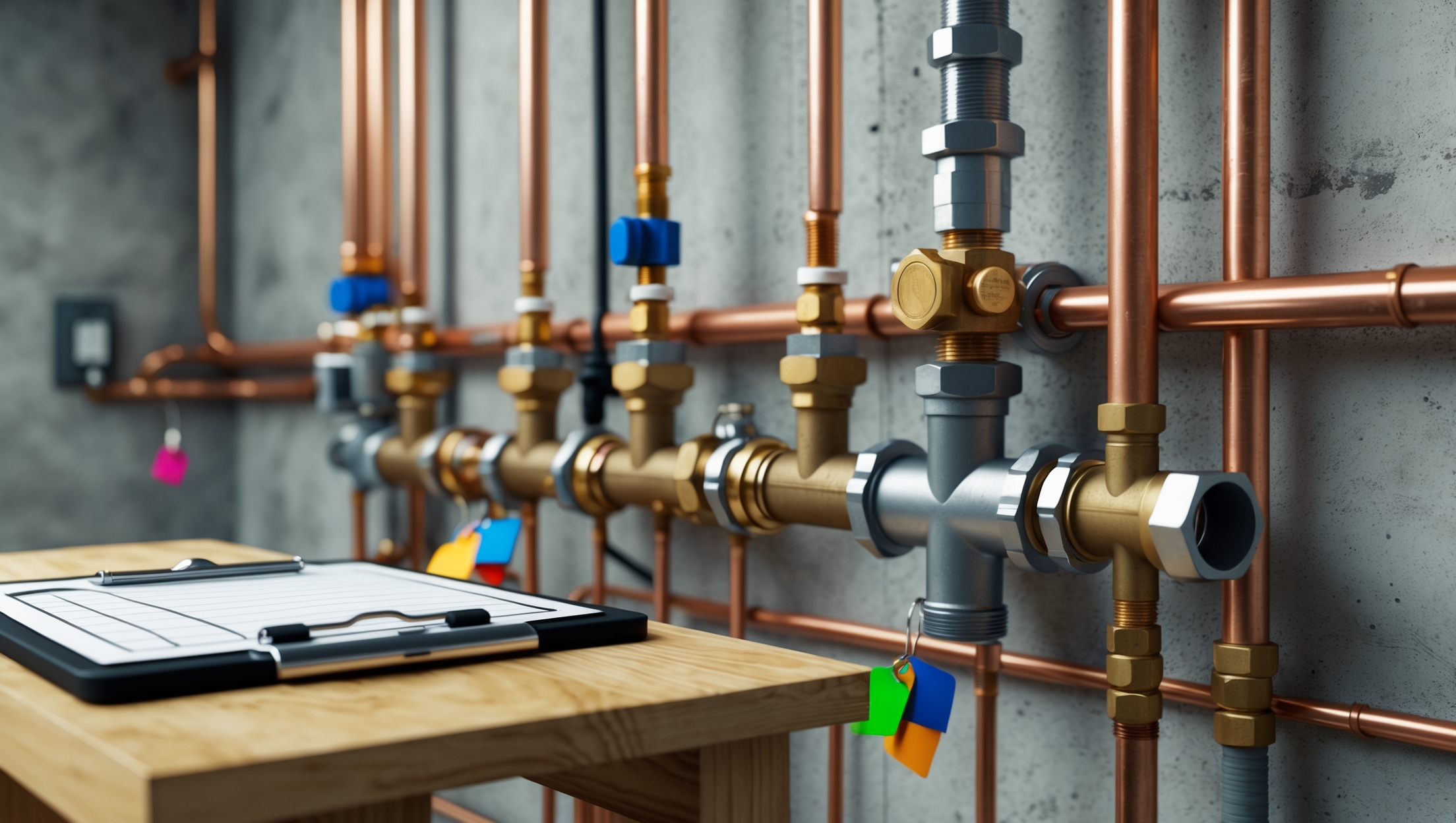
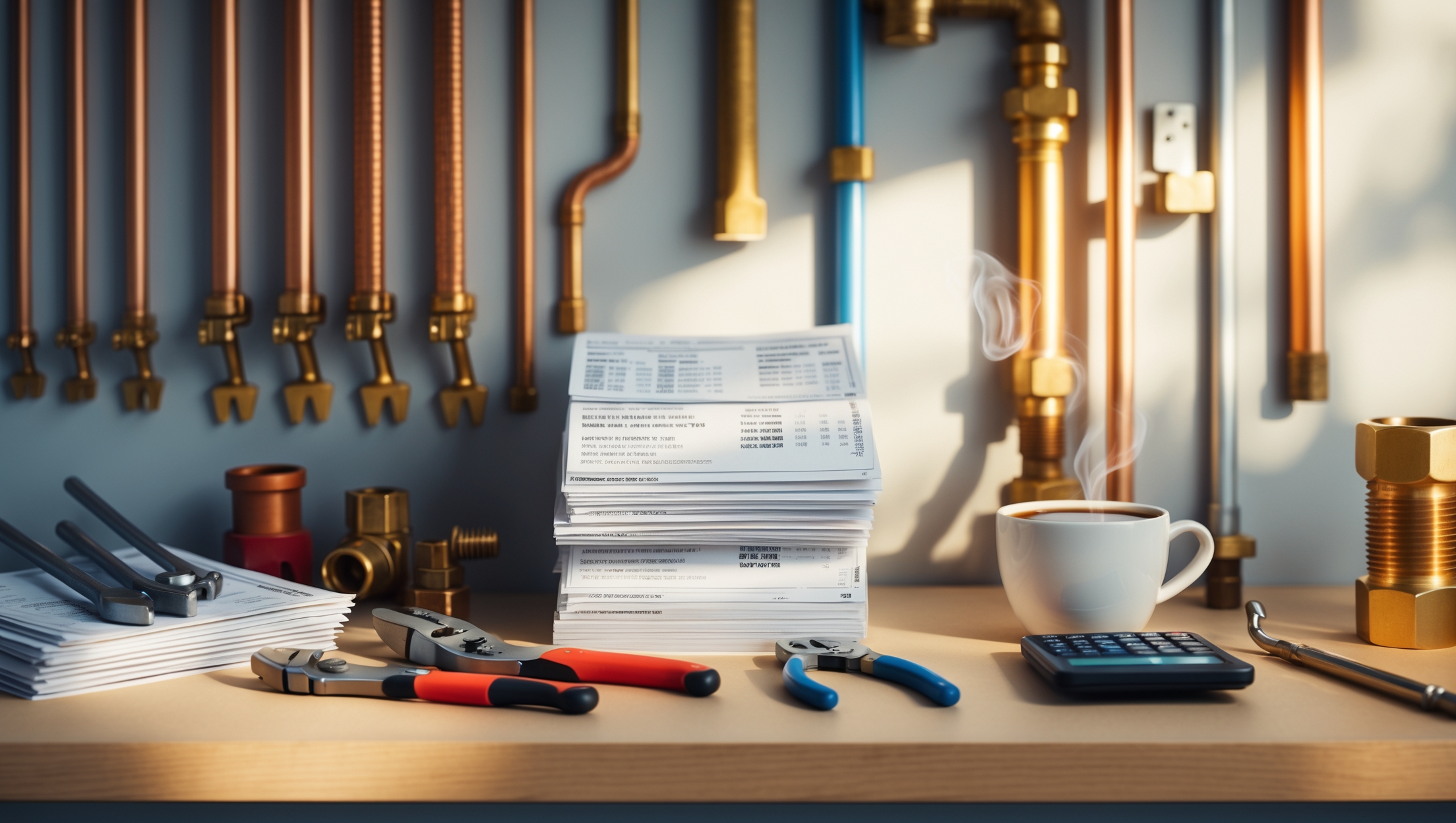
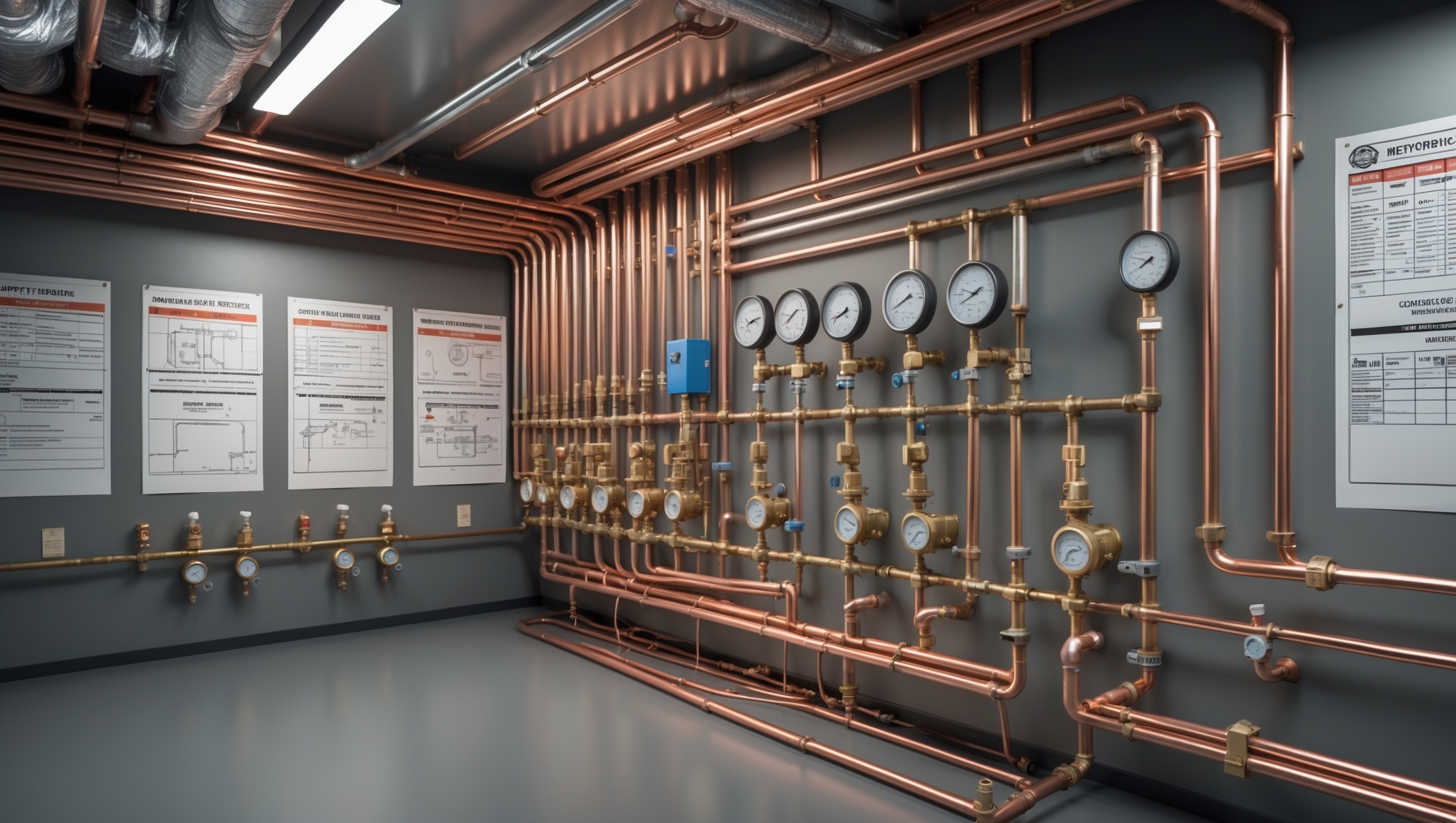
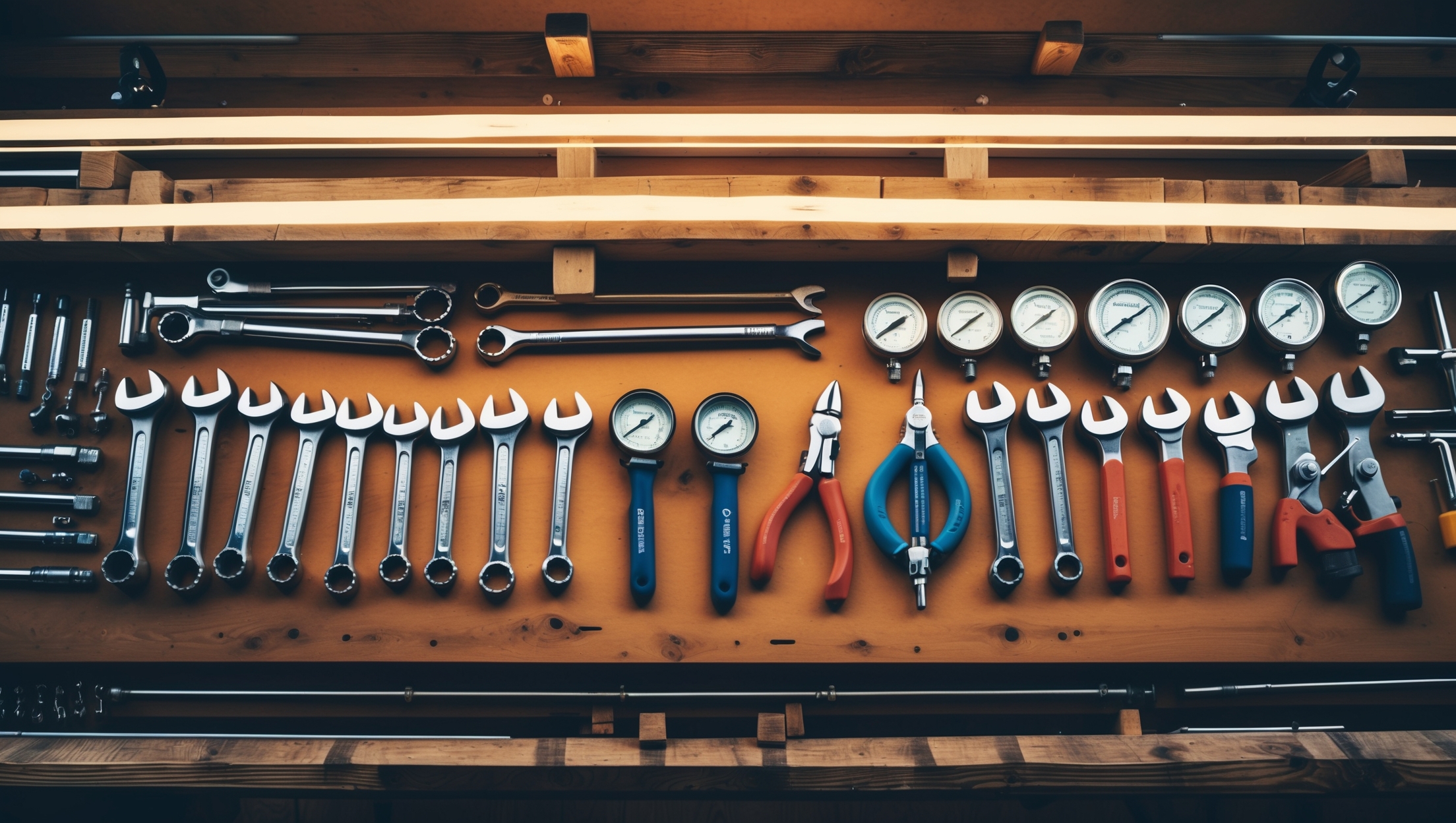
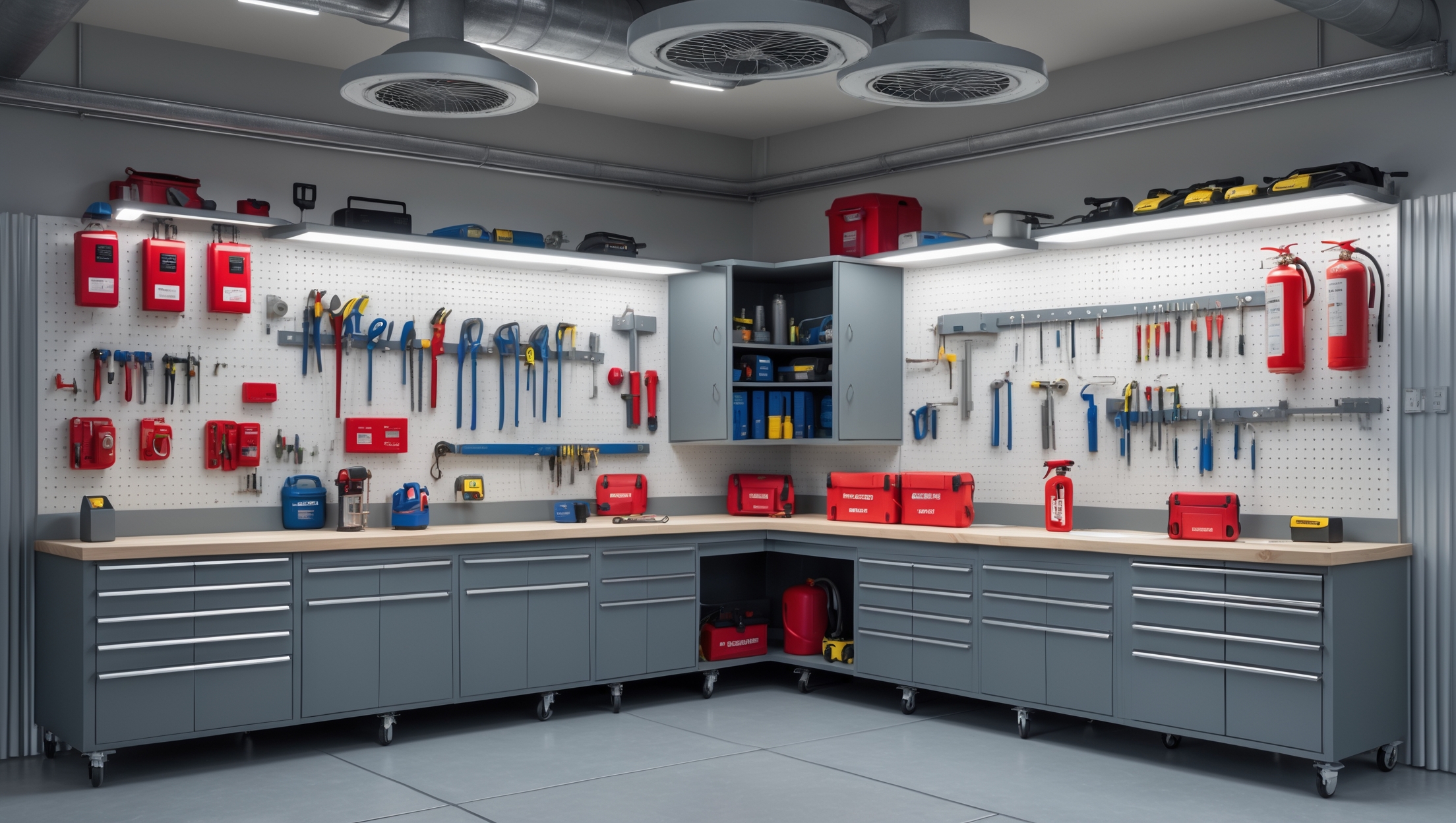
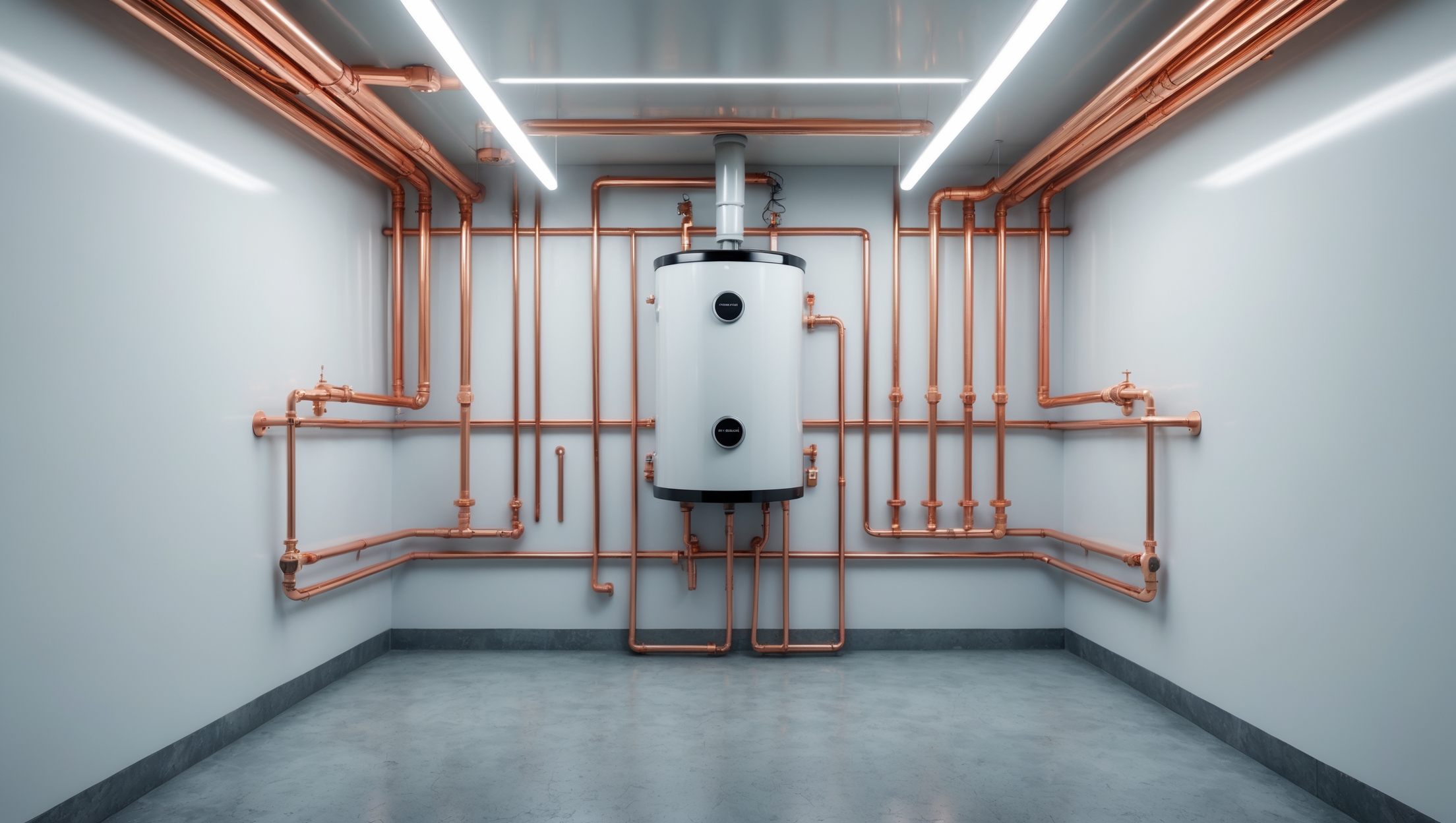
Diane Johnson
In the basement leak case study, you mention replacing the corroded cast iron cleanout with a PVC equivalent. Were there any special considerations taken to transition between cast iron and PVC piping in an older home like this?